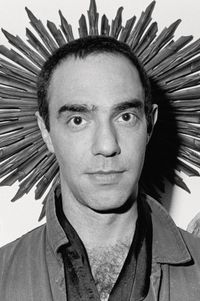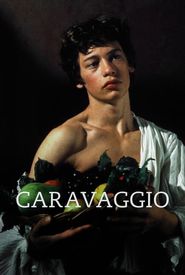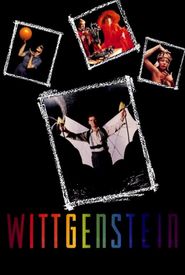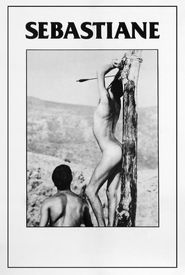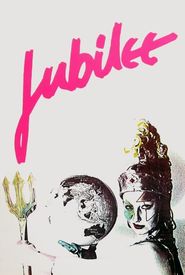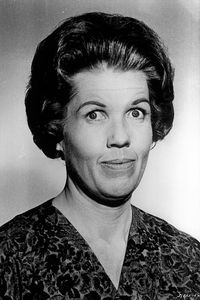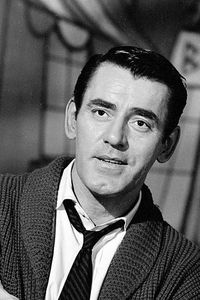After completing his education, Jarman pursued a degree in history and art history at King's College, where he laid the foundation for his future artistic endeavors. In 1963, he began to study art in the thriving Pop Art scene of London, an environment that fostered creativity and self-expression.
As the mid-1960s brought a sense of optimism and social change, Jarman felt emboldened to openly acknowledge and celebrate his homosexuality. This newfound confidence allowed him to take on set design roles for prominent filmmakers, including Ken Russell, on projects such as "The Devils" (1971) and "Savage Messiah" (1972).
As his artistic vision evolved, Jarman began to create his own experimental films, initially using Super 8 format to bring his unique perspective to the screen. His feature film debut, "Sebastiane" (1976),was a groundbreaking, openly homosexual adaptation of the life of early Christian martyr Sebastian, presented entirely in Latin.
Jarman's subsequent films continued to push boundaries, with "Jubilee" (1978) offering a sarcastic commentary on the Queen's Silver Jubilee. His fascination with Shakespeare led him to create the punk-infused "The Tempest" (1979) and the erotic "The Angelic Conversation" (1985).
In the late 1980s, Jarman turned his attention to the works of Renaissance painter Caravaggio, re-staging the passions depicted in his paintings for the film "Caravaggio" (1986). Tragically, Jarman learned of his HIV infection later that year, an event that would have a profound impact on his subsequent work.
The films "The Last of England" (1987) and "War Requiem" (1989) reflected Jarman's growing concerns about the AIDS epidemic and the devastating effects of war. His exploration of historical figures with complex, ambivalent relationships, such as "Edward II" (1991) and "Wittgenstein" (1992),also touched on themes of love, desire, and mortality.
As Jarman's vision began to fade due to his advancing blindness, he created "Blue" (1993),a film that features only a blue screen, relying on sound and text to convey its powerful message. This poignant work serves as a testament to Jarman's unwavering commitment to his art, even in the face of adversity.
